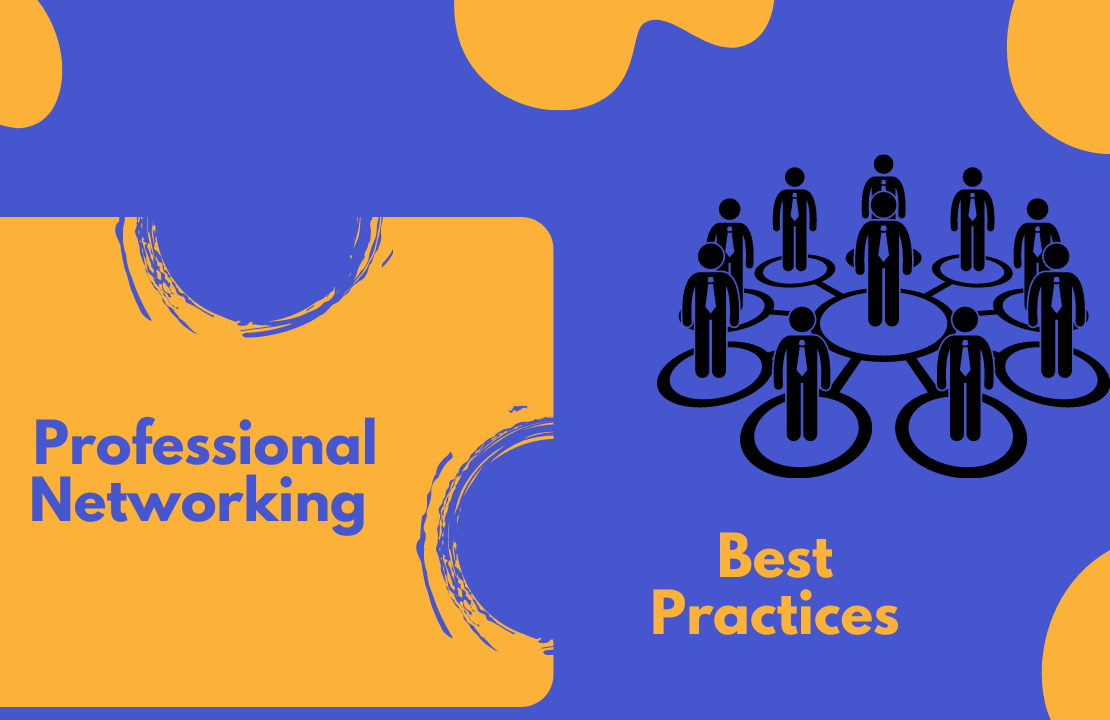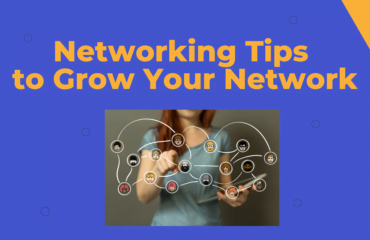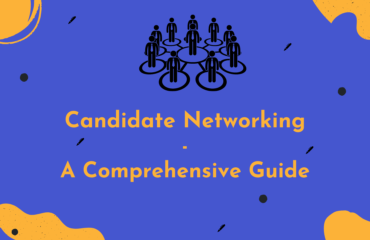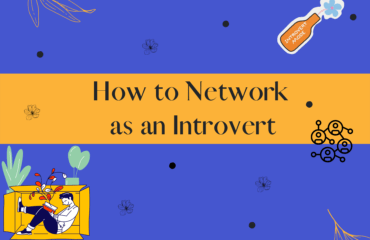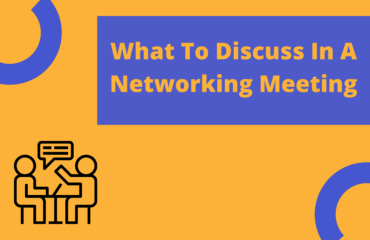Table of Contents
Professional networking is all about expanding your network, boosting your job search, and accessing the hidden job market. Social media and word-of-mouth are great sources of information for many job seekers. According to a survey by JobVite,
- About 50% of job seekers hear about jobs from their friends
- 37% of them learn about new opportunities through their professional networks
- 41% search for jobs on social media
However, many miss out on good opportunities because they resist networking. In this article, we will give you an in-depth understanding of how to network effectively to create a strong network that will boost your chances of landing your dream role.
1) Select your target employers
To create a strong network, it is important to have clear objectives in mind. Before you reach out to people, having an understanding of your target audience would help you take clear and efficient steps. Choose your target industry and employers using criteria such as:
- Company Performance
- Company Culture
- Brand image
- Advertised vacancies
2) Identify key personnel
Use LinkedIn to identify 50 key professionals and reach out to them. You can start by looking at professionals with something in common with you. These could be your 2nd/3rd-degree connections who are recruiters, hiring managers, former co-workers, ex-classmates, career advisors, or other professionals working in your desired function, companies, and industry. While we suggest 50 professionals, it is just a number to help you understand the amount of effort it would take to start the process on a regular basis.
You could go for a higher number or a lower number based on your needs and preferences. But what you really need to remember is that quality succeeds quantity. Hence, ensuring that your targets have a high potential of reaping benefits would increase your chances of networking success.
3) Engaging with content before connecting
Your target may or may not be involved in posting content regularly. If the professionals you want to reach out to are actively involved, it becomes easier for you to establish a relationship even before adding them to your network. You can engage with their content to establish your presence while also creating a good first impression. This includes liking, sharing, and commenting on their posts and expressing your viewpoint. However, this can not be done with professionals who are not actively posting on LinkedIn. Thus, the next best step to engage with such professionals is by directly requesting them to add you.
4) Send a personalized LinkedIn request
According to some existing data, sending personalized connection requests increase your chances of getting accepted to your target’s network. Sending a personal request demonstrates your:
- Effort in sending a request
- Interest in adding your target
- LinkedIn etiquettes
You can do this by ‘Adding a note’ when you ‘connect’ with someone by visiting their profile.
What should your message look like?
Your message should be direct, courteous, and professional. If you have engaged with their content before, you could appreciate it, reflecting your interest in their work. We suggest conducting research at a high level before messaging them. You could Google about them or check their LinkedIn profile thoroughly to identify interesting facts to steer your conversation in the right direction.
Your connection request message could look like this:
Dear (Name),
I am looking to connect with professionals from (Company) within (Industry) industry.
Coming across your profile, I noticed your great achievements in (example) and the valuable content you share.
I’d love to connect and learn more about your work.
Best,
(Your Name)
5) Add value to your new connections
Upon acceptance, you should follow up with another personalized message thanking them and demonstrating interest in their work. Ask questions and mention your previous related experience to establish a link between your work and theirs. This is also the right time to establish that you are looking for a mutually benefiting relationship and would love to help them in any possible way.
We strongly recommend you keep yourself away from any hard-selling tactics. Your intention is to connect with them, represent your personal brand, and initiate a relationship that could help both of you. You could check with them if they would like you to introduce them to someone from your network or provide support in any other manner.
6) Request a meeting
Make sure that you understand your target’s needs and address them. Once you have established a rapport and trust with your target, you may request them the support you are looking for. Requesting them 15 minutes of their time to discuss your needs would be a good way to set up a meeting. Make sure that you are courteous, professional, and flexible about the time of the meeting.
After your meeting has been set up, prepare well for it. Have a look at their company’s website, LinkedIn profiles, and department/ function overview to prepare effective questions. If you are speaking with a recruiter, you could prepare questions related to:
- the job market
- recruitment process
- tips to get through a similar recruitment process for your target job.
If you are speaking with some other key people working in your desired job role, you could prepare about the following:
- day-to-day work-life
- work-life balance
- how to prepare for your target role
- challenges faced by them in the role
- company culture
Getting someone to talk to you personally is huge. So if you have reached this point, we would definitely want you to thank yourself and be proud of your achievement.
7) During the meeting
What next? What should you do during the meeting? The answer is simple – be yourself! Don’t think of this meeting as an interview, but as a general conversation with a colleague. Your aim should be to introduce yourself and let them know the purpose of requesting this meeting. Talk about the facts you’ve gathered through your research. This will reflect your interest in them and their work, creating a good first impression. But remember- this is a two-way street! Convey that you are willing to help them in any way possible, without any conditions.
Some of the points to remember for the meeting are:
- Be mindful of your tone; be polite and formal
- Give the other person a chance to talk
- Ask questions
- Offer help
- Look presentable
- Don’t go unprepared
- Don’t sell yourself
- Don’t be late for the meeting
Whether you get an opportunity through this meeting or not, you should know that it is your efforts that really count.
The percentage of people responding to you may be small and the ones agreeing to speak with you would be even smaller. We suggest dedicating your energy and time to the right people instead of thinking about those who didn’t respond or ghosted you midway. Even a small percentage of people will have the potential to make a difference in your job search journey. Networking may be tough but has a huge potential to help you land your dream role if done the right way.
